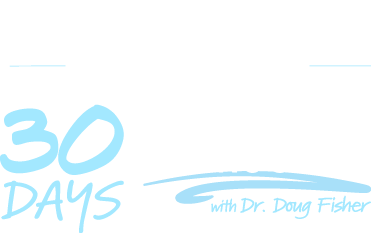

“As we think about responding, we can prompt and cue our students. We can provide them with instruction at just the right time to help them do the thinking. We don’t tell students what to think about the text, but we ask questions and we prompt and cue to guide their thinking along the way.” –Dr. Doug Fisher
On Day 23, Dr. Fisher focuses on the importance of responding to students’ work and their thinking by collecting and analyzing patterns of errors to guide future teaching. He says, “As I think about responding to students, it’s about collecting the patterns of errors or misconceptions that you notice in their work. That’s one of the benefits of a close reading lesson. You can collect evidence that then guides your future teaching.”
Review student annotations and responses from the last few close reading sessions.
Look for trends in student work to track patterns of errors and gaps in student learning. Use this checklist or develop a grid to track trends. Use the data you produce to inform what you will model with students in the next session.
After reviewing student work, consider using the Learning Log to reflect on the process.
This chart can be used to analyze a class set of annotations and identify trends and instructional needs.
This log can be used to capture new learnings as you develop close reading techniques.